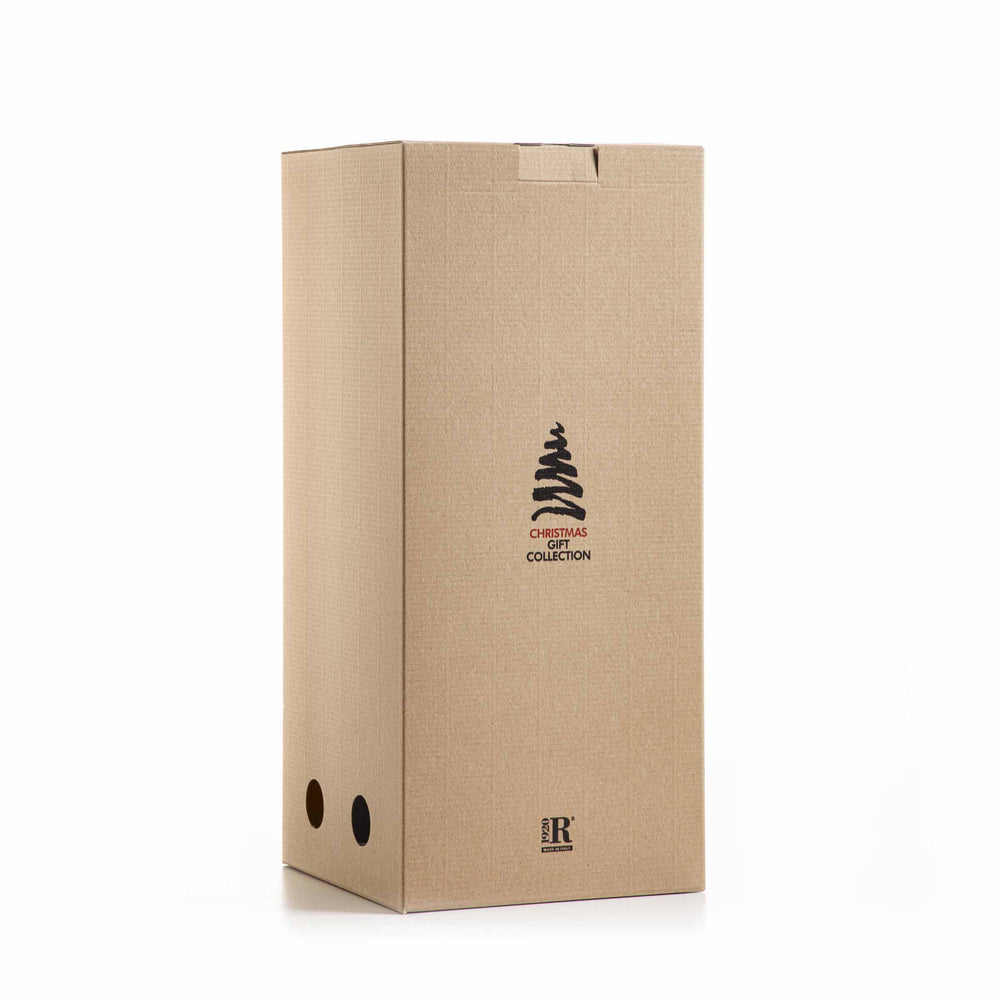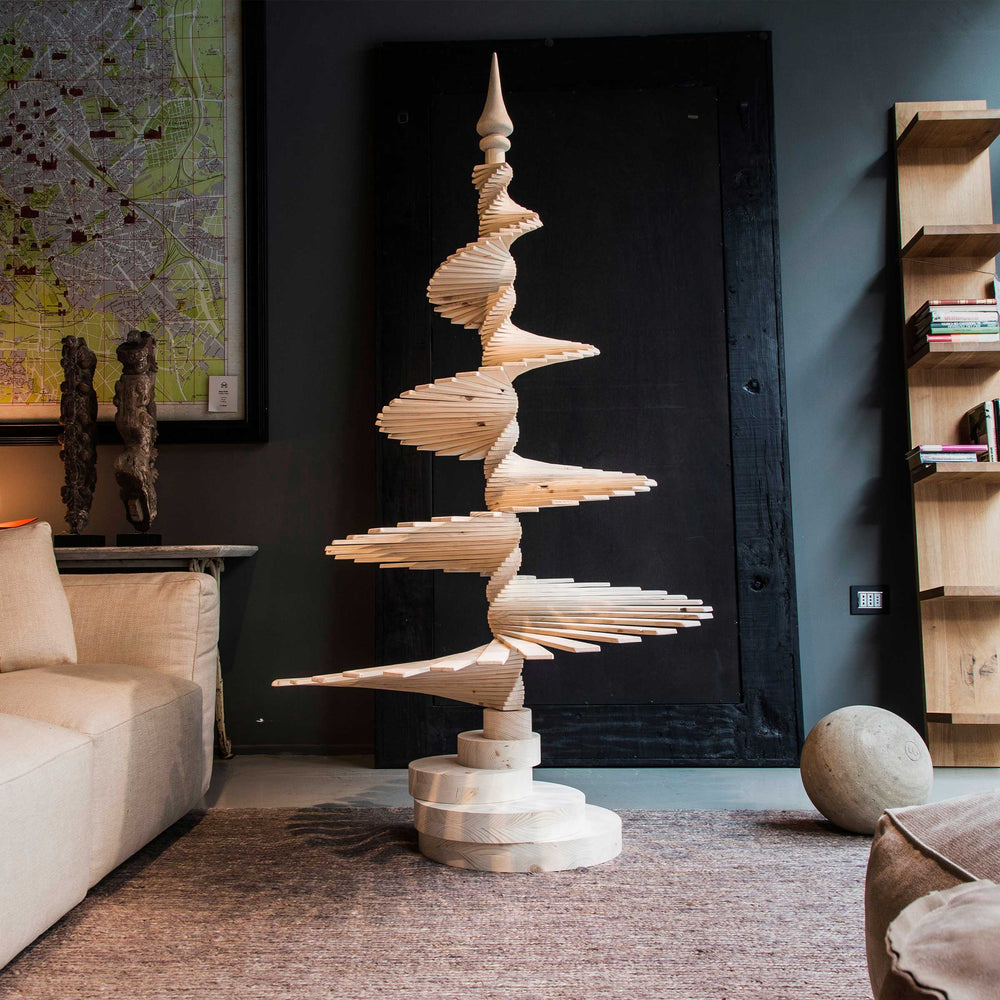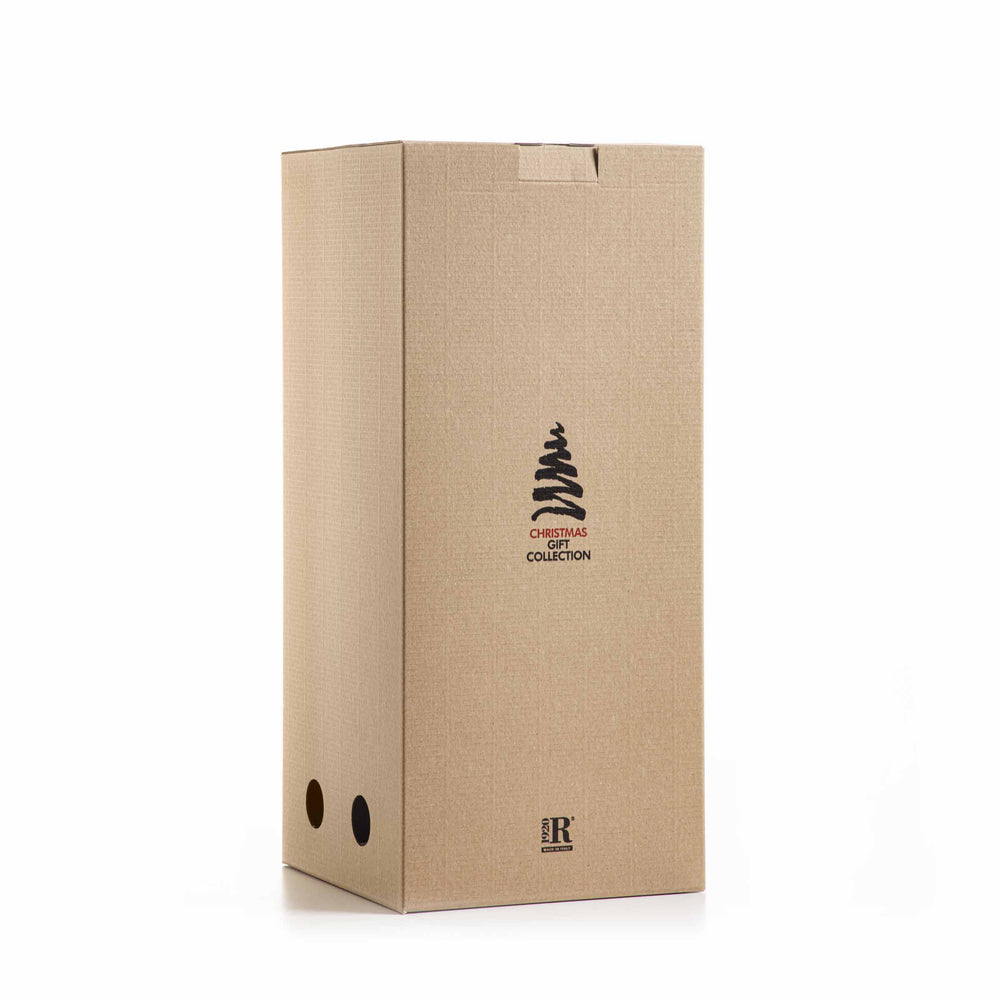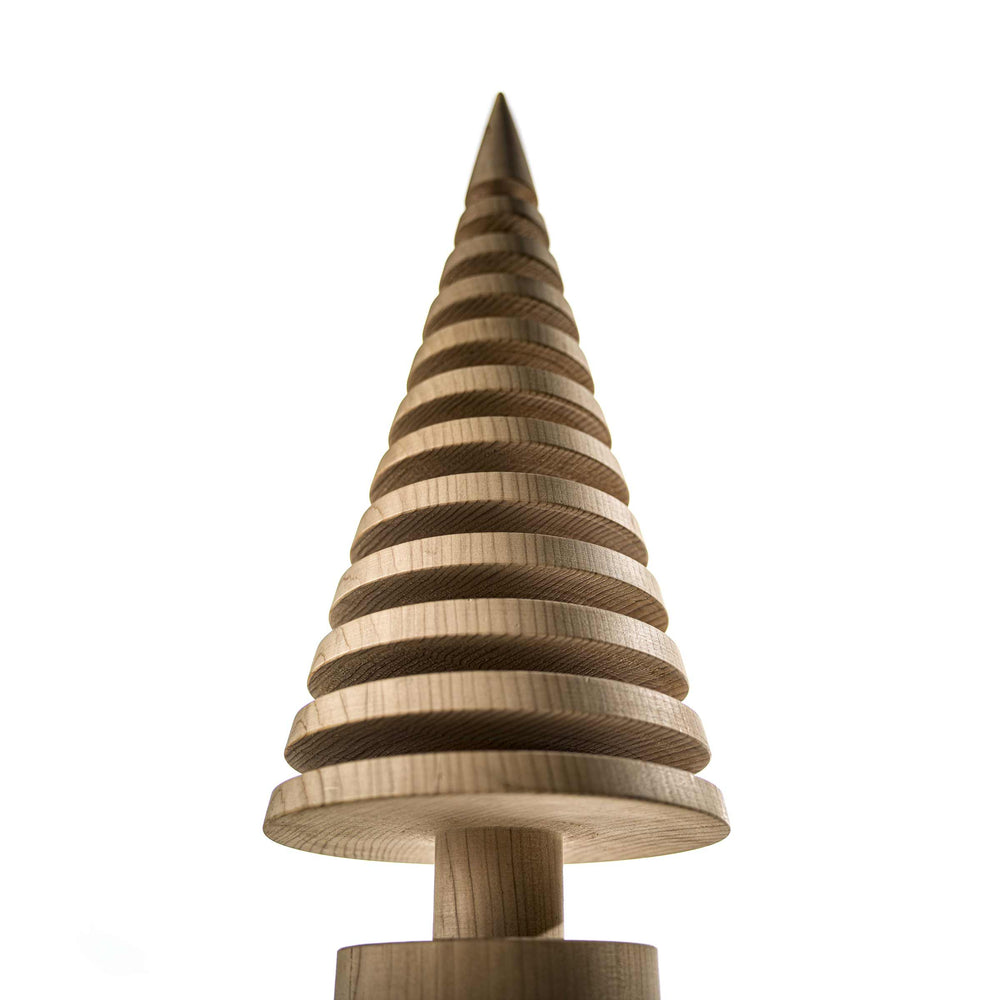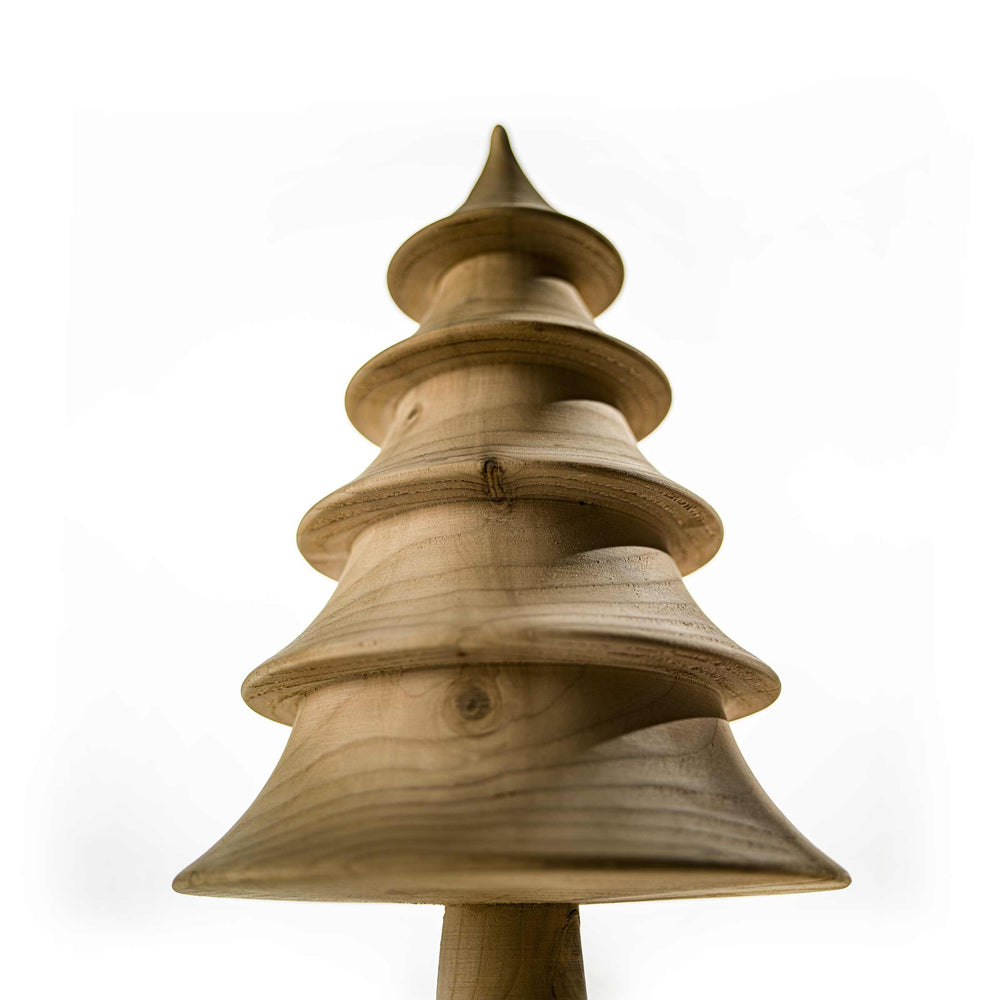Wood and Cardboard Sustainable Christmas Trees
View allWHAT IS A CONTEMPORARY JEWEL?
by Camilla Carli
History has seen the jewel extremely tied to clothing and the body, even though today its true identity is free from all materialism. The jewel has also always been a symbol linked to an event or a memory such as faiths, solitaire, a graduation gift ... Over the years, artists and creatives have worked in new directions, explored unknown horizons where freedom of choice has brought new solutions and points of view, on which the world of history continues to grow and make history.
Goldsmith art today speaks the language of versatility: shiny, satin-finished or enriched with multicolored stones and diamonds. The jewels are micro-culture, limited edition art objects, often produced in unique pieces or in mini-series, thus acquiring their own autonomy, where the body becomes useful but not essential. Today, even the material is no longer just precious metal and stones, but is also a search for alternative materials such as resins, leather and re-used materials. The use of organic, innovative, natural materials such as fabric, wool, ceramics, plastic, wood, rice, coffee, glass, marble, paper, contributes to a redefinition of the versatility, status and appearance of a jewel.
The contemporary jewel is also personalization: it is often made on commission by the customer who can choose the stone, color, design or engraving, because the ear is a craftsman who transforms memory or immobility into reality. Italy is a country that has a millenary goldsmith culture: the first objects developed with lost wax have been found in Etruscan art where we have seen splendid examples of goldsmiths that condition contemporary design now.
Today the design of contemporary jewelry has been revolutionized by the advent of CAD design and the 3D printer: these new technologies provide the realization of models with a level of precision never achieved before. The castable resin object can be grafted onto a casting shaft, just like in the millenary process of lost wax. These new media will allow for a technology and the millenary history of Italian "know-how" in the world of contemporary jewelry.




